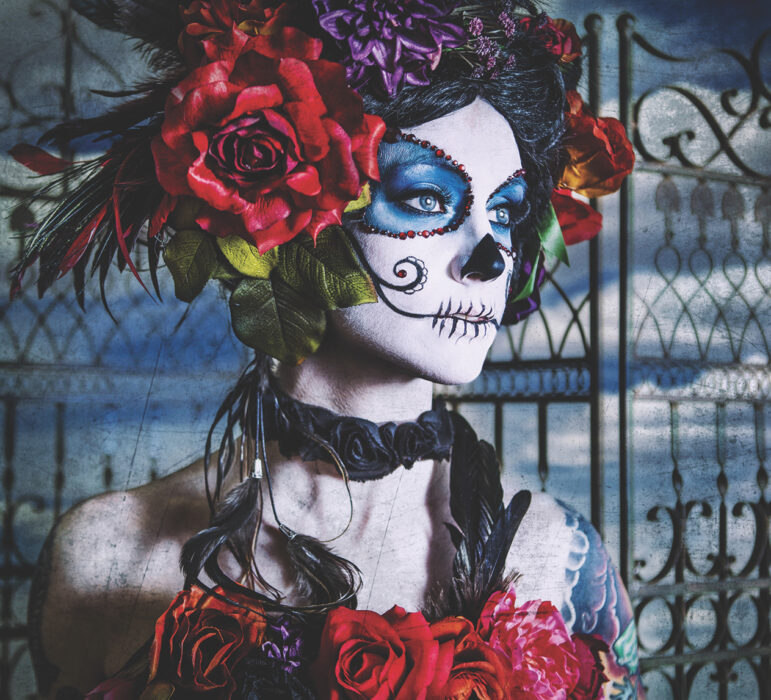
Children and adults may spend weeks planning their Halloween costumes. Movie or television characters, political figures, horror icons, or everyday heroes are among the most popular costumes each year.
A lot of thought goes into Halloween costumes and equal consideration should be given to ensuring the costume is as safe as it is fun. The following are some common costume hazards and how to avoid them.
Flammable materials: Some combustible fabrics used in the design of clothing “are potentially dangerous to the wearer because of such factors as ease of ignition, flame spread time, amount of heat released, and design of the garment.” Quite often Halloween costumes fall under these dangerous classifications because they are not considered everyday apparel. Materials may not be sturdy and requirements for clothing to be flame-resistant may be skirted. Some costumes can ignite in seconds. Others also may cause “flaming drip,” which describes the melting of plastic material that leads to it separating from the rest of the costume. Flaming drip can cause secondary fires or burns to the skin. Look for costumes that list flame-resistance, even if they may be more expensive.
Invisible suits: Invisible suits are stretchy bodysuits that cover the entire frame and head. Newer incarnations that are all black without eyeholes can be dangerous to wear because they limit wearers’ ability to see clearly and be seen by others.
Dangerous makeup: Halloween makeup may not be created in adherence to the same standards as regular cosmetics. Check ingredients for hazards and warnings about where the makeup can be applied, as some products are not recommended for use around the mouth or eyes. Apply a small amount first to see if an allergic reaction occurs.
Capes and flowing components: Costumes that have long, flowing parts, such as caped crusaders can be fire hazards. Parts of such costumes also can get caught underfoot in doors (such as rotating entrances to stores) and even the gears on bicycles. Strangulation or falls can occur in these instances.
Faulty footwear: Costumes that require the use of high heels, platform shoes or any other design that may impede the ability to walk safely should be discouraged. Not only can they cause foot discomfort that reduces time spent on the trick-or-treating circuit, but these costumes also increase the risk of slips and falls and twisted or broken ankles.
Contact lenses: Coloured or patterned contact lenses are popular components of some costumes. However, decorative contact lenses should not be used without a proper fitting by an eye care professional who sells reputable decorative contact brands. Also, never share contact lenses and always wash hands before putting in contacts or removing them from the eyes.
Halloween is a festive holiday, and even more so safety is a top factor selecting a costume.








